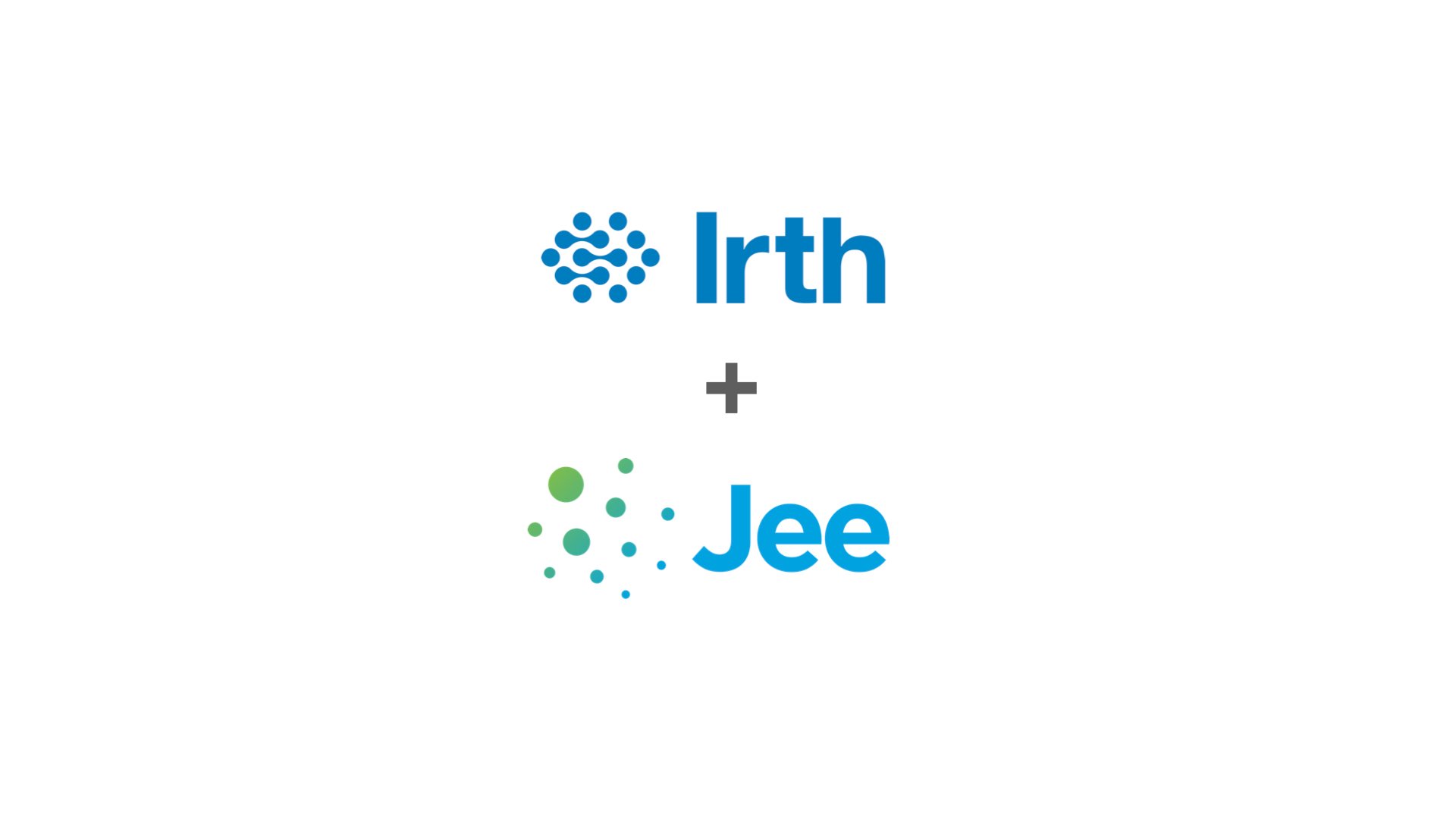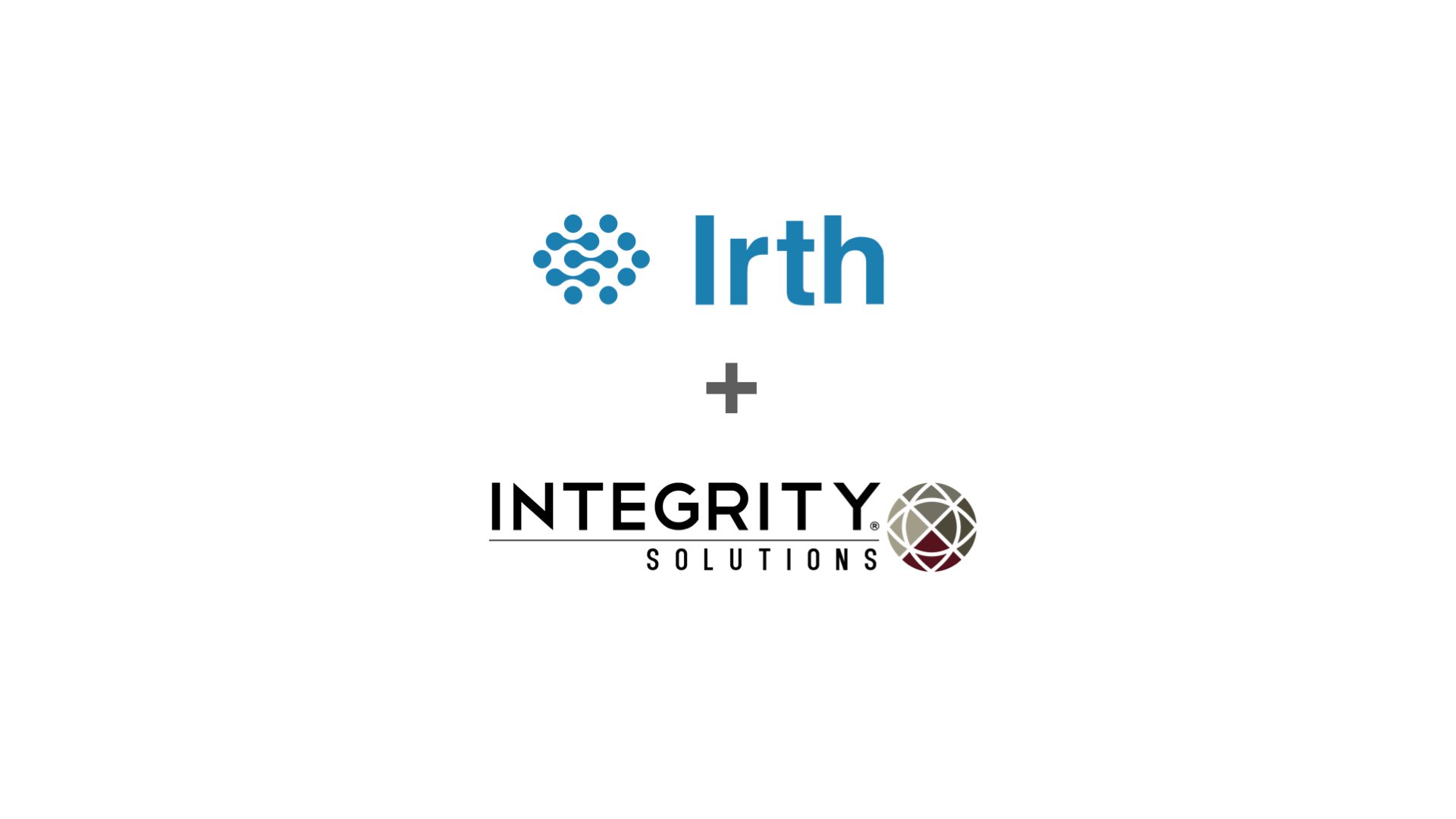The Future is Here: How AI, ML & DS are Transforming Pipeline Integrity
Across the pipeline industry, artificial intelligence (AI), machine learning (ML), and data science (DS) are evolving from buzzwords to tangible...
3 min read
Sheri Baucom : Jun 9, 2025
CIM version 3.45 introduces Phase 2 of the External Corrosion (EC) Module, delivering comprehensive data integration capabilities that consolidate cathodic protection (CP) annual survey data with existing inline inspection (ILI) and Close Interval Survey (CIS) datasets within the Asset Integrity for Pipelines (AIP, formerly CIM) platform.
Pipeline operators typically manage CP annual survey data across fragmented systems, hardware-specific software, disconnected spreadsheets, and static PDF reports. This architectural fragmentation creates several critical integration bottlenecks:
Phase 2 addresses these integration challenges by implementing a unified data architecture that normalizes, spatially aligns, and correlates multi-source pipeline integrity datasets.
Upon ingestion, the system executes automated spatial correlation.
A record for each test station is automatically created during the survey upload, including name, location, and status. Test stations can also be created and edited within System Management. Test station data is updated when new reports are uploaded.
The unified platform enables engineers to perform integrated analysis across previously siloed datasets:
This data integration eliminates the need for manual correlation across multiple software platforms, reducing analysis time from days to hours.

Phase 2 introduces CP-specific conditions that support standard compliance thresholds, including:
These conditions can be customized to match operator-specific requirements, and test station results are displayed for easier review, prioritization, and mitigation. Engineers can implement operator-specific conditions using the platform's condition builder, enabling multi-parameter conditional logic.
Analyzed results are summarized into concise reports, which:
This ensures traceability from survey upload to final mitigation closure, eliminating the need for third-party tracking spreadsheets or relying on tribal knowledge.
All assessments, analyses, and mitigations are version-controlled and time-stamped within the CIM platform, enabling a fast, reliable response to audits and internal QA/QC processes.
As with Phase 1, the design of Phase 2 was informed by dozens of interviews with corrosion engineers, integrity managers, and field technicians. Our development team focused on delivering a solution that:
Operators can now view CP data side by side with ILI, CIS, and GIS data, without leaving AIP.
The next planned phase will introduce support for DCVG and ACVG survey types, including built-in analysis conditions and visual overlays to support anomaly correlation and mitigation planning.
We’re also exploring advanced condition modeling that integrates depth of cover, soil resistivity, and historical survey trends to provide deeper insight into CP effectiveness.
If you’re a current AIP customer, enabling the EC module is as simple as contacting your account manager. We’re offering an Early Adopter Program for existing AIP clients to take advantage of Phase 2, making this the perfect opportunity to evaluate how centralized CP survey analysis can improve your corrosion control workflows.

Across the pipeline industry, artificial intelligence (AI), machine learning (ML), and data science (DS) are evolving from buzzwords to tangible...

COLUMBUS, OH and LONDON, UK — November 13, 2025 — Irth Solutions, Inc. a leader in cloud-native software for asset integrity and risk management, and...

COLUMBUS, OH — November 13, 2025 — Irth Solutions, a leader in cloud-native SaaS for asset integrity and risk management, and Integrity Solutions, a...